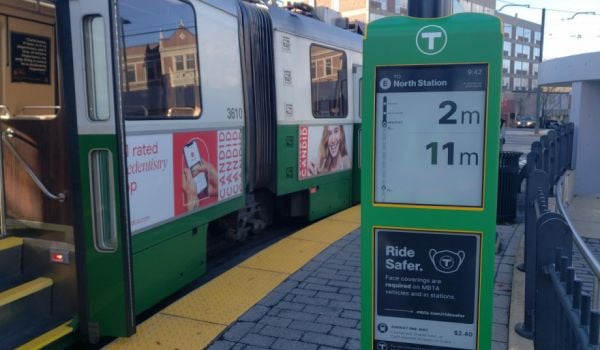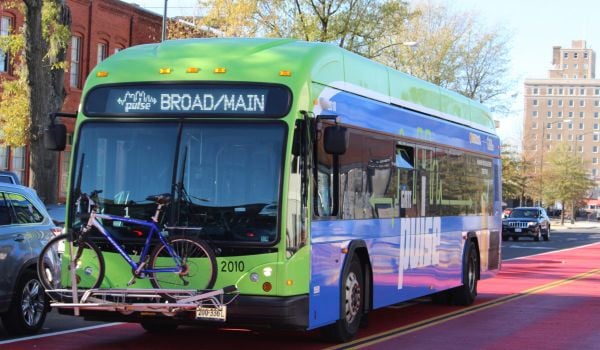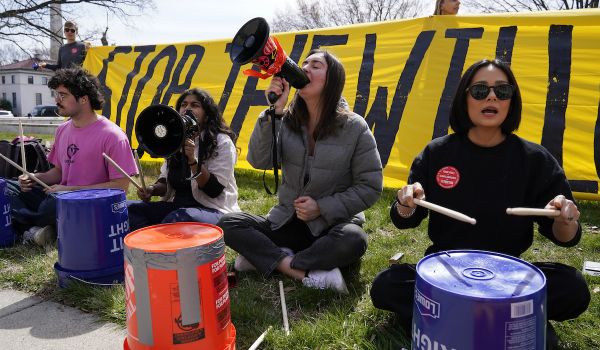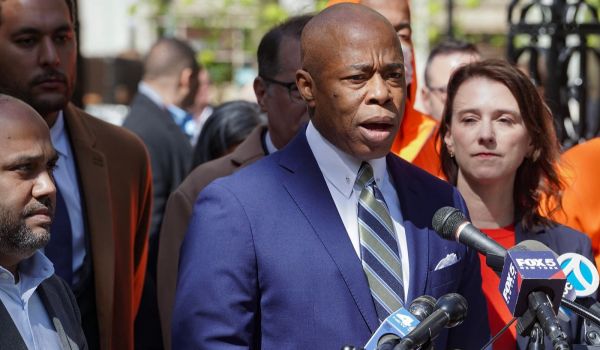Our weekly “New Starts” roundup of new and newsworthy transportation projects worldwide.
Work to Begin on Second LRT Line for Lagos
The Nigerian federal government has given the go-ahead for Lagos State to begin work on the second line of a planned seven-line light-rail transit system for the country’s largest city and principal port.
Negotiations for federal support of the $2.4 billion Lagos Red Line Rail Project took eight years to complete, Naija247News reports. The state government began work on the first line, the Blue Line, without federal assistance; construction of that line began in 2010 and is set to wrap up by the end of next year. Lagos State Commissioner for Transportation Dayo Mobereola said that the Blue Line project was the only urban rail transit project in the world to have been built with no support from the national government.
The delay in getting federal approval for the Red Line was partly due to protracted negotiations over the line’s right-of-way, which it will share with its owner, the Nigerian Railway Corporation.
The line will run from Marina station in central Lagos to Agbado in neighboring Ogun State, with a branch serving Lagos’ airport. It will share tracks with the east-west Blue Line from Marina to the Lagos Harbor crossing before turning north.
No completion date has yet been announced for the Red Line, which is probably just as well, given that the Blue Line was to have been completed by the end of 2015.

Sydney now has a life-size model of a new metro train. (Credit: Transport for NSW)
Sydney Unveils Design of First Metro Trains
Sydney, Australia’s largest metropolis is about to get Australia’s first metro, and to whet the public’s appetite for the new line, New South Wales Minister for Transport Andrew Constance took the wraps off a full-sized model of the trains being built by Alstom for the line.
The International Railway Journal reports that the trains are designed to give the Sydney metro a unique identity and maximize passenger comfort. Passengers will be able to view the track ahead through side windows in the train’s distinctive nose. The model will be used to refine the final design, and the riding public will have a say in the final nose design and livery.
The cars will be able to accommodate bicycles, strollers and wheelchairs and have priority seating for disabled passengers.
The Sydney Metro is scheduled to enter service in the first half of 2019. The 36-km (22.4-mile)-long line will incorporate an existing commuter rail line and add 15 km (9.3 miles) of tunnels and a 4-km (2.5-mile) elevated structure to connect Epping in the northwestern suburbs with Cudgegong Road in Chatswood, 10 km (6.2 miles) north of downtown. Trains will be fully automated and operate at four-minute headways. A future phase will take the line across Sydney Harbour into downtown and to the southwest.
London, Ontario, Proposes Rapid Transit System
All of Canada’s 10 largest cities have some form of rapid transit. Now CFPL AM 980 reports that the 11th largest metropolitan area in Canada intends to join the club.
London’s Strategic Priorities and Policy Committee is now reviewing a proposal for a rapid transit network to serve its region. The network would consist of two lines: a light-rail line running north and east from the city center and a bus rapid transit line running south and west from the center.
The plan would entail significant construction, including a downtown subway tunnel and road widening along the major corridors.
The proposal is the second most expensive of four alternatives considered, with a price tag of C$850 million-$900 million ($640 million-$678 million U.S.) over 10 years. The cheapest alternative would have cost around C$290 million ($210 million U.S.), and the most expensive, around C$1.2 billion ($903 million U.S).
“If you’re looking at it from a purely transit perspective, certainly the question would be why do I need to spend the $1.2 billion when I can spend the $290 million?” London Transit General Manager Kelly Paleczny told AM 980. “But the whole environmental assessment was looking at … community building, economic development, city-building opportunities, so there are a number of other things to consider.”
The proposed system is projected to increase transit ridership in the London area by 40 percent over its 2014 level. The City of London will put up C$125 million ($94.1 million U.S.) of the system’s cost, with the rest coming from the Ontario provincial and Canadian federal governments. Officials are counting on the newly elected Liberal government’s announced commitment to increase transit spending and the provincial government’s C$130 billion ($97.9 billion U.S.) infrastructure spending commitment to cover a higher share of the total project cost than the two-thirds share a similar plan in the Kitchener-Waterloo area received.
Know of a project that should be featured in this column? Send a Tweet with links to @MarketStEl using the hashtag #newstarts.
The Works is made possible with the support of the Surdna Foundation.

Next City contributor Sandy Smith is the home and real estate editor at Philadelphia magazine. Over the years, his work has appeared in Hidden City Philadelphia, the Philadelphia Inquirer and other local and regional publications. His interest in cities stretches back to his youth in Kansas City, and his career in journalism and media relations extends back that far as well.
Follow Sandy .(JavaScript must be enabled to view this email address)

















